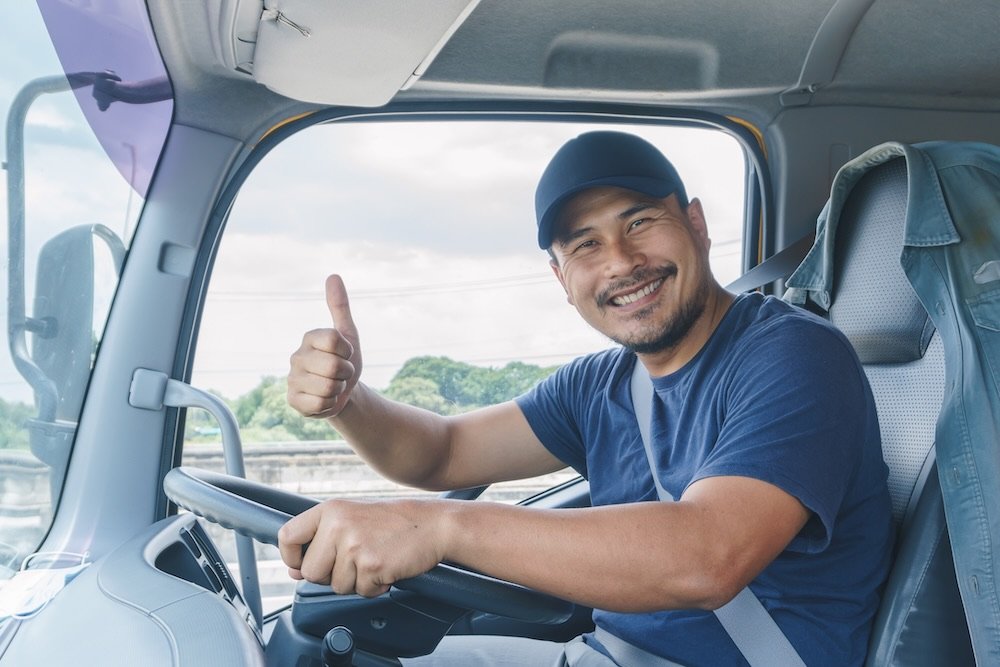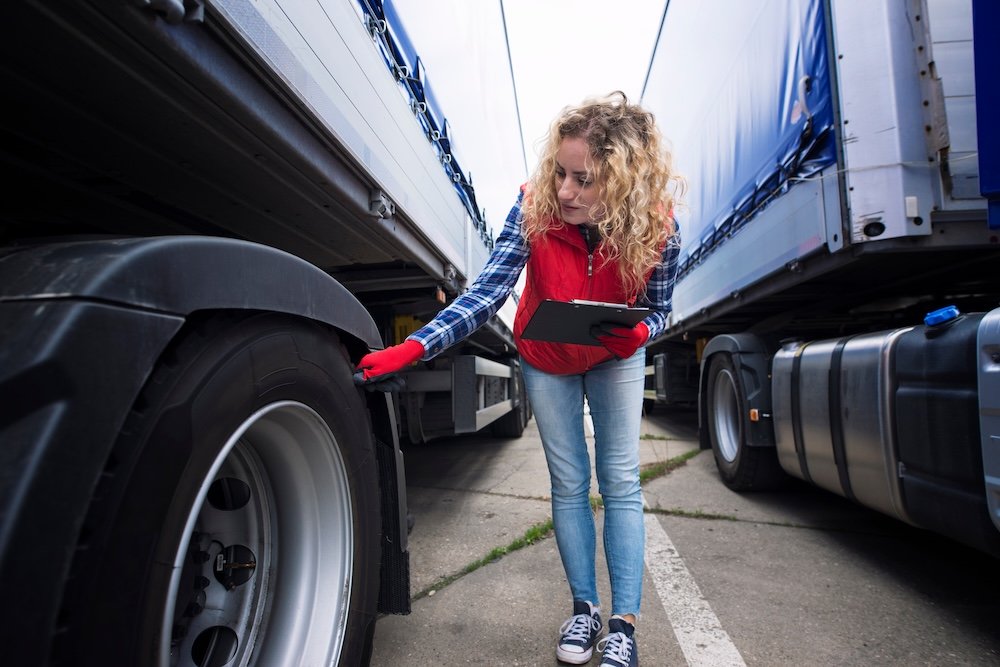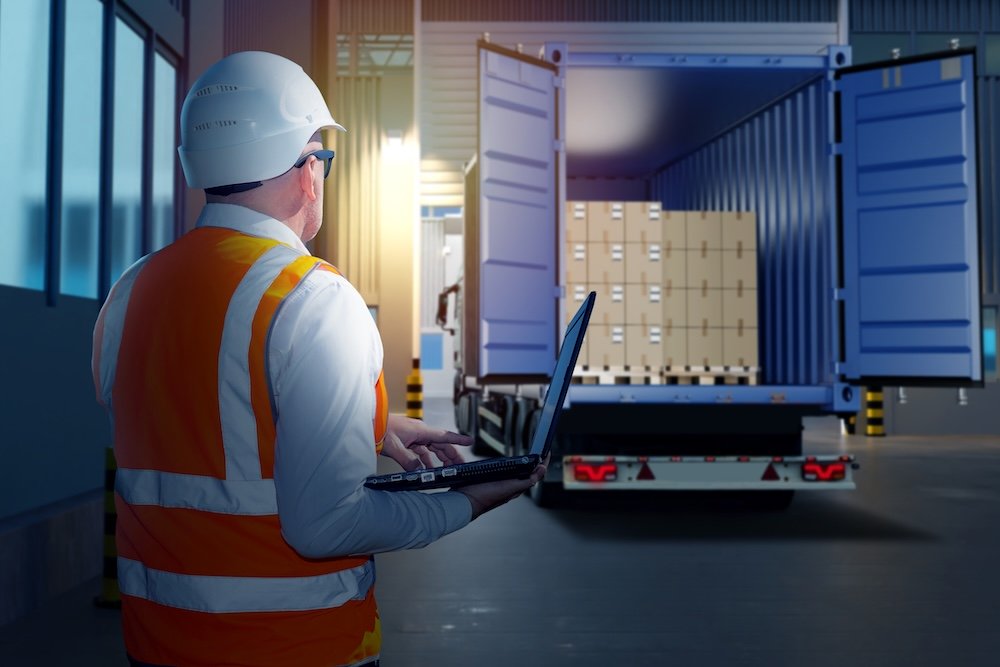One of the most important factors in running a successful trucking business is having the right insurance. As an owner-operator, comprehensive owner-operator semi-truck insurance is essential to protect your equipment and income.
You may be running your trucking business independently with a truck or trucks that you own. Or you could be leasing trucks from a motor carrier. Either way, knowing what insurance you need helps you make better business decisions.
We’ve examined the required coverages, optional protections, and key cost factors every owner-operator should understand to keep their business running safely and legally.
Mandatory Insurance Requirements for Independent Owner-Operators
There are many categories of owner-operator semi-truck insurance to choose from, but these two are mandatory.
Primary Liability Insurance
Primary liability insurance is at the heart of commercial trucking coverage. The coverage protects against bodily injury and property damage claims resulting from accidents involving your commercial vehicle.
The Federal Motor Carrier Safety Administration (FMCSA) requires owner-operators to carry a minimum of $750,000 in liability coverage. Most owner-operators choose coverage levels significantly higher than these minimums to provide adequate protection against potentially expensive liability claims.
Cargo Insurance
Cargo insurance protects the freight you transport from loss, damage, or theft. The FMCSA requires minimum cargo coverage of:
- $750,000 for general freight
- $300,000 minimum for household goods
- $1 million to $5 million for hazardous materials, depending on the cargo class.
Many shippers may require proof of higher cargo insurance limits before allowing you to haul their freight. Typical cargo insurance policies range from $400 to $1,800 per year per load, depending on the value and type of goods being transported.
This owner-operator truck insurance coverage applies when cargo becomes damaged due to collision, fire, theft, or other covered perils. Some policies exclude certain types of cargo or require additional endorsements for specialized freight, such as electronics or high-value commodities.

Optional but Recommended Coverages
Here are a few more types of owner-operator semi-truck insurance for you to consider.
Most US states follow federal insurance coverage standards, but some states impose stricter policies for truckers operating exclusively within their borders. Owner-operator truckers should research their state’s specific regulations before hitting the road.
Physical Damage Insurance
Physical damage coverage helps pay to repair or replace your truck and trailer if they’re damaged. Federal law does not require it, but most lenders do before financing your equipment. This insurance typically includes two parts: comprehensive and collision coverage.
- Comprehensive coverage protects against non-collision losses like theft, vandalism, fire, and weather damage.
- Collision coverage handles damage from accidents, regardless of fault. Together, these coverages ensure you can repair or replace your truck after covered incidents.
Coverage is typically based on the value of the truck.
Non-Trucking Liability for Independent Contractors (Bobtail Insurance)
Non-trucking liability insurance, often called bobtail insurance, covers you when you’re driving your truck without a trailer or freight. It applies when you’re using your truck for personal reasons or when deadheading to pick up a load.
A standard liability policy only covers you while you’re under dispatch, so bobtail insurance helps fill that gap by protecting you during non-business use. It usually offers the same coverage limits as your primary liability policy but costs much less.
How much will this owner-operator insurance cost? It can vary based on your driving record, experience, and coverage limits selected. Most policies offer flexible benefit structures to match your specific needs and budget. Most owner-operators find bobtail insurance essential for complete protection.

Occupational Accident Insurance
Occupational accident insurance provides medical coverage and disability benefits for work-related injuries. Traditional workers’ compensation doesn’t cover owner-operators since they’re independent contractors rather than employees.
This coverage helps pay medical bills and provides income replacement if you become injured while working. Benefits typically include medical expense coverage, disability payments, and accidental death benefits.
General Liability Insurance
General liability insurance protects against claims not covered by your primary liability owner-operator semi-truck insurance. This coverage handles slip-and-fall accidents, property damage during loading or unloading, and other non-vehicular incidents.
The coverage proves especially important when working at customer locations or handling freight. Loading dock accidents, equipment damage, and third-party injuries fall under general liability protection.
Trailer Interchange Insurance
Trailer interchange insurance covers damage to trailers you don’t own but use under interchange agreements. This coverage applies when hauling trailers belonging to other motor carriers or shippers.
The coverage protects against collision damage, theft, and other physical damage to borrowed trailers. Without this insurance, you could become personally liable for expensive trailer repairs or replacement
costs.
Most interchange agreements require proof of trailer interchange coverage before allowing you to haul their equipment. The coverage typically includes collision and comprehensive protection similar to your truck coverage.

Factors Influencing the Cost of Insurance Premiums
Several factors affect how much you’ll pay for owner-operator semi-truck insurance:
- Driving record: A clean record can help you get lower premiums. Recent accidents, tickets, or violations can mean higher premiums due to the increased risk.
- Experience: New drivers usually face higher premiums than those with years of safe driving. Some insurers offer discounts after three to five years without incidents.
- Cargo and routes: What you haul matters. General freight tends to cost less to insure than hazardous materials or high-value loads. Where you drive also plays a role, as urban areas and certain regions are rated as higher risk.
- Truck specifics: The age, value, and safety features of your truck can influence physical damage premiums. Newer trucks equipped with anti-theft devices, electronic logging devices (ELDs), and collision avoidance systems often qualify for discounts.
- Credit history: Insurers increasingly consider credit scores, viewing good credit as a sign of responsible business management. Poor credit can lead to higher rates or limited coverage options.
By understanding these factors, you can better anticipate costs and explore ways to save on premiums for owner-operator semi-truck insurance.
Average Cost for Different Coverages
Owner-operators leased to a motor carrier are usually covered by the company’s auto liability and cargo insurance. Owner-operators running under their own authority typically spend upwards of $15,000 per year on insurance.
The total cost depends on the factors mentioned earlier. Rates can climb higher if you choose higher coverage limits or have a less-than-perfect driving record.
Liability insurance is usually the biggest expense, costing around $12,000 and often much higher per year. Cargo insurance can cost anywhere from $400 to almost $2,000 annually, depending on the type of freight and the amount of coverage you need.

General liability coverage is relatively affordable, typically costing about $500 to $800 per year. Despite its low cost, it adds valuable protection to your insurance program.
Physical damage insurance coverage varies widely based on your truck’s age, value, and the deductible you choose. Newer trucks generally cost more to insure because they’re worth more. Older trucks might be better suited for liability-only coverage, especially if repair costs could exceed the truck’s value.
5 Tips for Reducing Insurance Coverage Costs
- Different insurers specialize in various market segments. Compare quotes from several companies to find the best pricing.
- Increasing deductibles reduces premiums but requires more out-of-pocket expenses during claims. Balance deductible levels with your financial ability to pay costs during accidents.
- Many insurers offer premium reductions for policyholders using safety technologies. ELDs, dash cams, and collision avoidance systems demonstrate your commitment to safe operations.
- Maintain a clean driving record. Avoid tickets, accidents, and violations that could increase premiums. Defensive driving courses might qualify for additional premium discounts.
- Consider bundling coverages with a single insurer. Many companies offer discounts when you purchase multiple policies from them. This approach also simplifies your insurance management.
Choosing the Right Commercial Trucking Insurance Provider
Selecting an insurance provider with commercial trucking expertise ensures you receive appropriate coverage and competitive pricing. Trucking-specialized insurers understand industry risks and offer tailored owner-operator semi-truck insurance protection.
When evaluating potential insurers, ask about their claims handling procedures and response times. Quick claims processing keeps you on the road and minimizes income disruption. Look for insurers with exceptional customer service, 24/7 claims reporting, and a dedicated team for trucking claims.
Financial stability ratings indicate an insurer’s ability to pay claims. Ensure your chosen company maintains a strong financial position. Financial stability ratings indicate an insurer’s ability to pay claims.
Consider the insurer’s service reputation within the trucking community. Online reviews, industry associations, and fellow drivers provide valuable insights into customer service quality. Good service becomes especially important during stressful claim situations.
Evaluate policy terms carefully, not just premium costs. Some insurers offer lower prices but include restrictive terms or limited coverage. Understand exclusions, deductibles, and coverage limits before making decisions.

Conclusion
Owner-operator semi-truck insurance is designed to protect owner-operators against the various hazards of operating a trucking business. However, careful consideration should be given to mandatory requirements, optional coverages, and cost factors.
Understanding these elements helps you make informed decisions that protect your business and comply with federal regulations.
At Mission Financial Services, we understand the challenges owner-operators face in building successful businesses. Our specialized lending solutions help you acquire the equipment needed to grow your operations while maintaining the financial flexibility to invest in proper insurance coverage.
Contact us for help with your truck financing. Whether you’re a first-time buyer or expanding your fleet, we’re here to support your journey toward financial independence in the trucking industry.


































